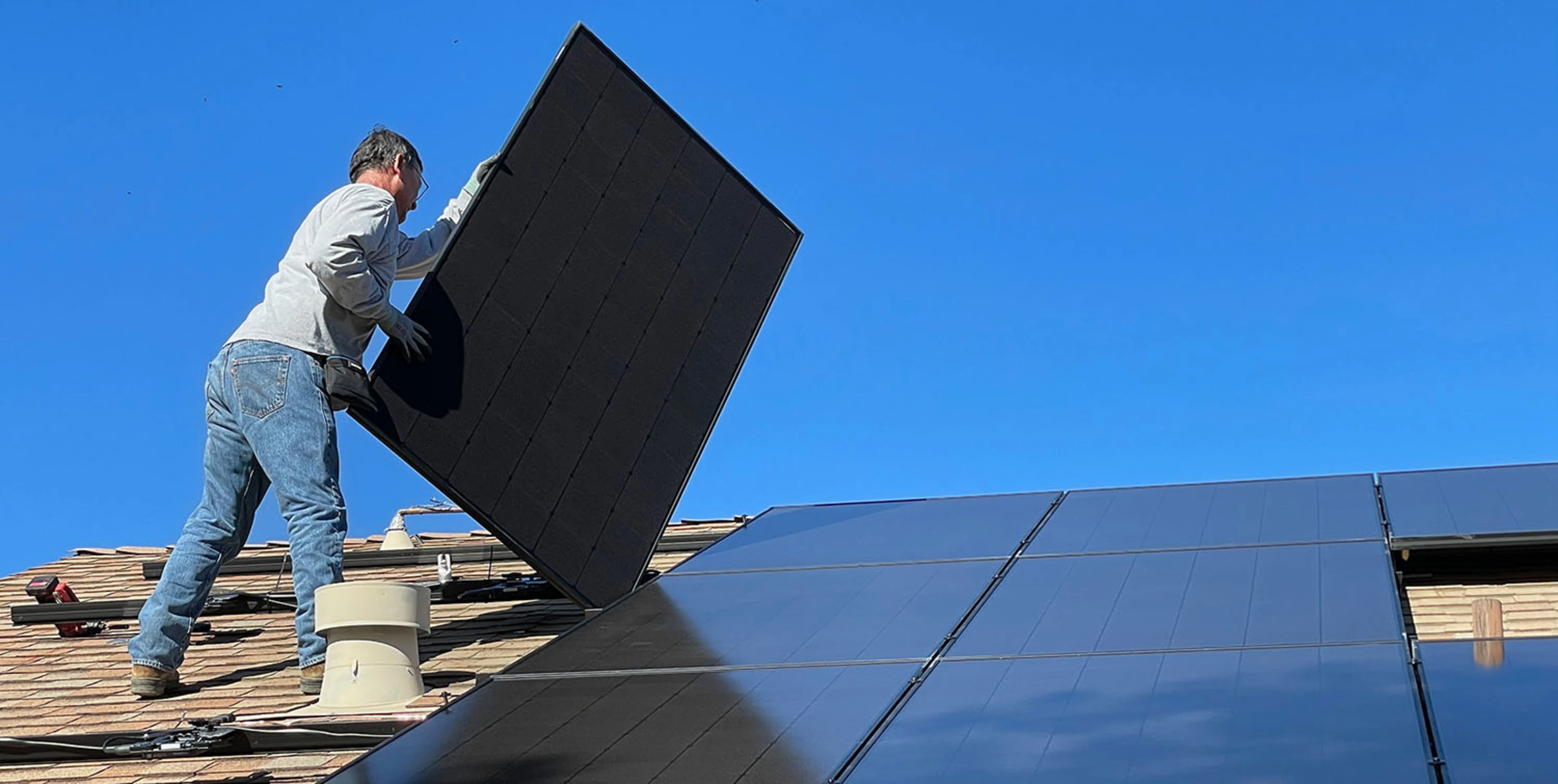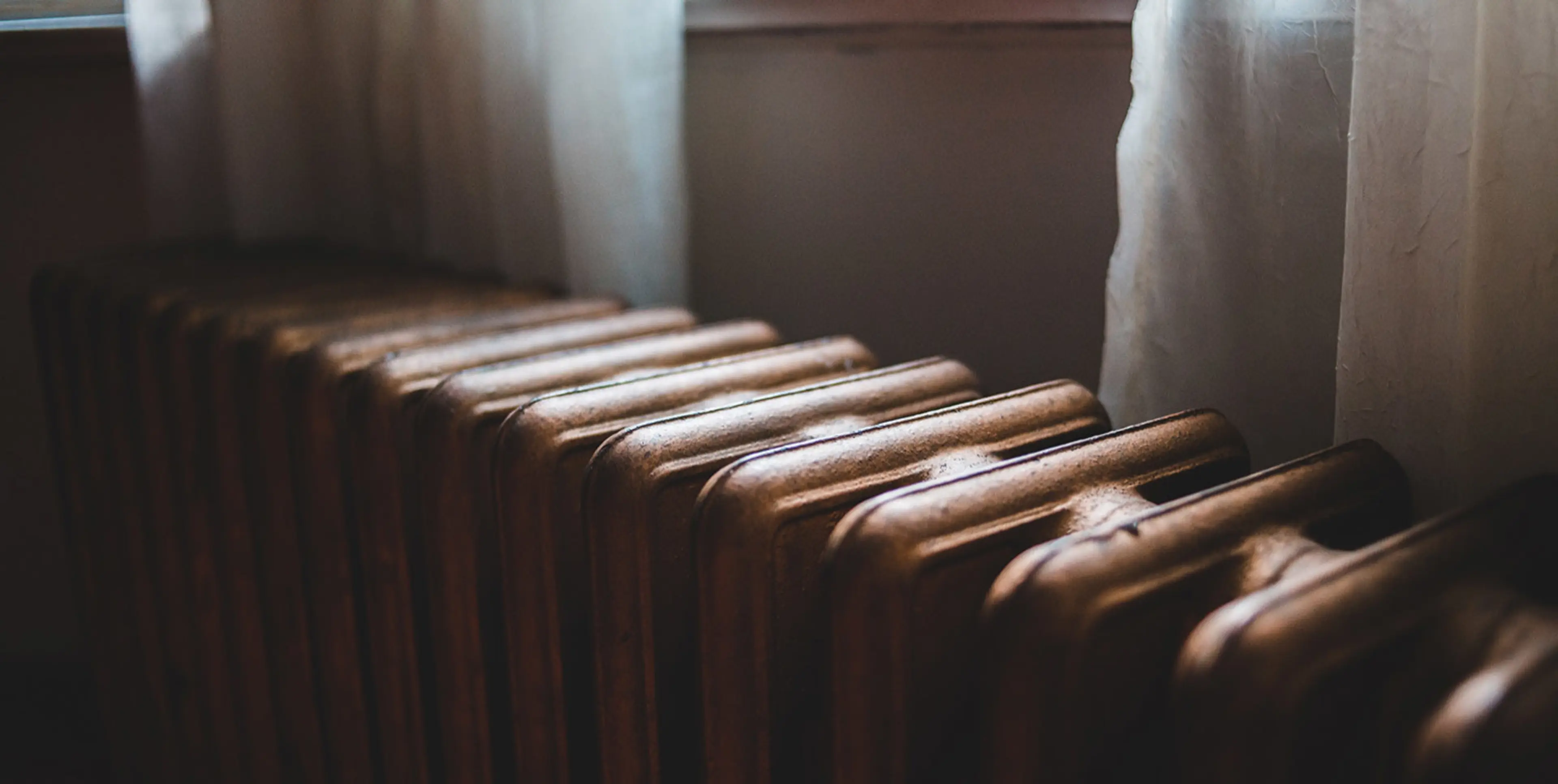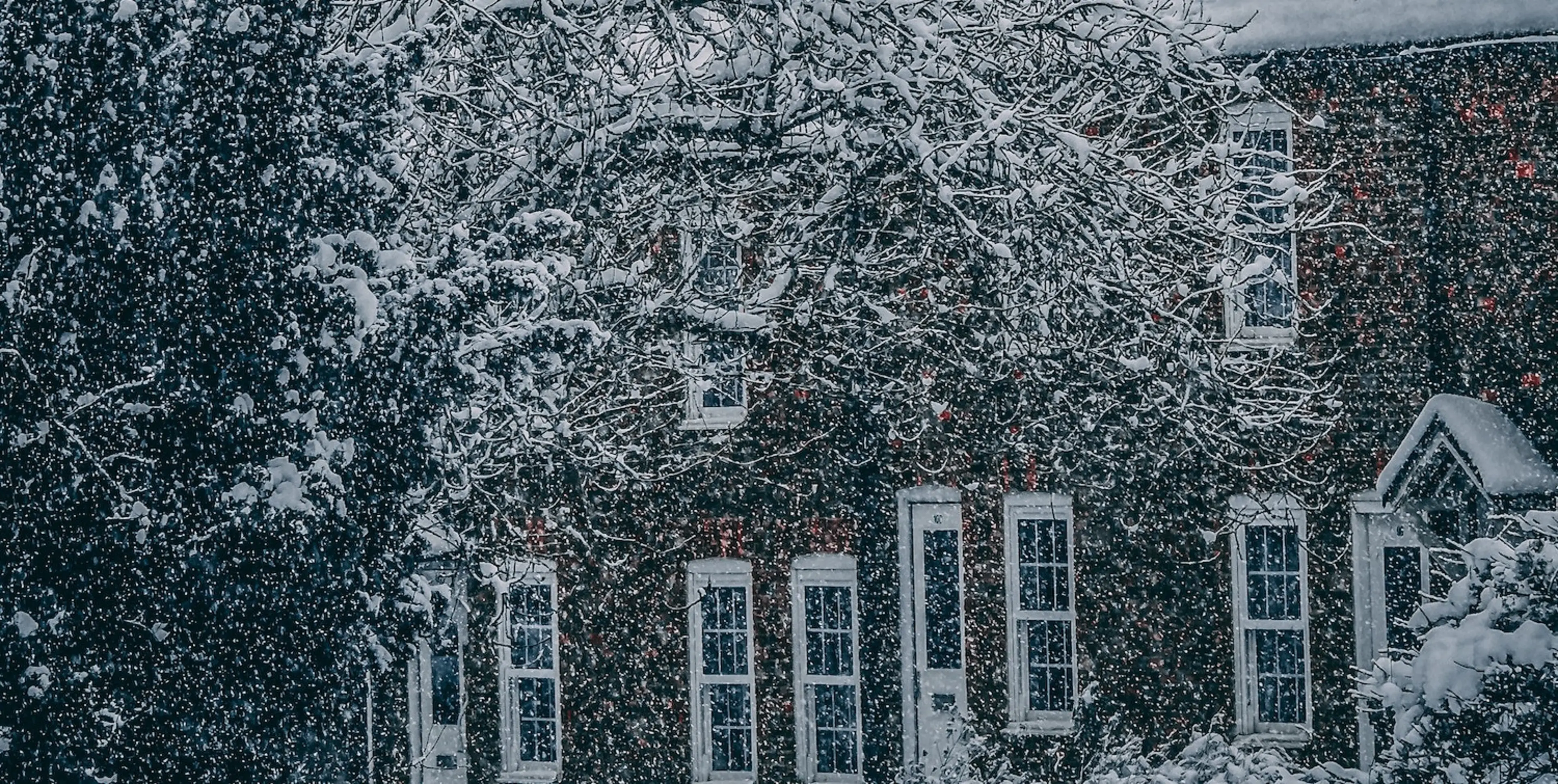Solar panels (also known as Solar PV or photovoltaic) are great way to get ‘free’ electricity for your home, whilst making a great contribution to reducing carbon emissions. Knowing how to choose the effective solar panels, however, can be a challenge. We’ll be guiding you through how to make the best choices for you and your living situation and how choosing solar panels as your energy source can benefit both you and our planet. This guide doesn’t cover solar thermal panels – which use the sun to heat your hot water. Watch the video for a summary or read on for more details.
Benefits of solar panels
There are many benefits to choosing solar panels to power your home, chief of all being the contribution it makes to the health of our planet.
In addition, switching to solar energy can reduce the money you spend on providing energy to your home, as you’ll be powering your house with electricity you generate as well as selling some back to the grid. With time of use export tariffs, you can sell electricity back when it's in short supply, and therefore valuable. This way you can save even more money as well as helping our energy system to be more efficient and green.
Solar energy is also beneficial because it works well in tandem with other green tech you are likely to get in coming years, such as powering a heat pump or providing the electricity to charge electric cars. So, if you’re looking to future proof your home, having both an electric car and solar panels will get you well on your way to minimising your personal carbon footprint.
Whilst you’ll benefit most from installing solar panels where you plan to live for some years, there could be a financial benefit if you sell your property as the benefits will transfer to the new owner and your home could even warrant a higher asking price.
Some features that will make your home best suited to solar panels
There are a few features that will mean your home is suitable for solar panels and will generate lots of electricity:
1. A south facing roof Southwest or south east can also work well but you might not harness the same level of sunlight. It might be that your roof is better suited to solar thermal panels, if you don’t have a south (or near enough) facing roof
2. You need a fair amount of roof space Solar panels don’t take up a huge amount of space and even four or six panels can generate a good amount of electricity, but you do need some free roof space – the more, the better. If you’re lucky enough to have a garage, they could be mounted on there too. You can also put a battery in your garage, if you have one!
3. Your roof shouldn’t be shaded between 10am and 4pm These are peak sunlight hours, so for maximum benefit your solar panels need to be exposed to the sun for these hours. Ideally, your roof will be free of obstructions – including other homes and trees – during most daylight hours.
4. Your roof needs to be in good condition Solar panels can be fitted on most roofs, so this shouldn’t be a problem, but if your roof is in poor condition or can’t bear some weight solar panels won’t be right for you.
5. Your roof should ideally be pitched, rather than flat The tilt in the roof maximises the amount of sun that the solar panels catch. To see exactly how much solar panels would cost for your home, you can use this handy calculator from the Energy Savings Trust.
How to get solar panels installed
Make sure your solar panel system is installed by a MCS-accredited engineer. Not only does that give you some assurance on quality, but you won’t be able to enjoy benefits such as Smart Export Guarantee payments - money for selling your own electricity - unless they’ve been installed by someone MCS accredited. Your installer/provider will also take responsibility for registering your system with your electricity network – check that they will do this. In the vast majority of cases, you do not need planning permission for solar panels. Check if you’re unsure, for example if you live in a protected area.
Get quotes. There can be a fairly big difference between providers and the headline price isn’t the only thing to look out for. Each provider may be stronger in certain areas. Some may do cheaper panels, but not give you a brilliant inverter (which is crucial, see below). Others may offer a great deal on batteries, or longer guarantees for both the work and equipment. Think about what matters to you and get quotes – at least three.
Think about the warranties. Solar panels (and batteries, if you get one) are a big investment, so it’s important to get as long a warranty as possible. Make sure you get warranties that cover each of the panels themselves, the inverter, and the workmanship.
What panels should I get and should I get a battery with it?
A key part of getting quotes for solar panels is to compare the different technology options you are offered. There are a few variables to look out for:
1. Wattage All solar panels will have a wattage figure. The higher the wattage, the more electricity your panel will generate. Anything in the 320-340w range is likely to perform well.
2. Monocrystalline vs Polycrystalline Monocrystalline panels are more efficient but tend to cost more – they tend to be the black coloured panels. Go for monocrystalline. 3. Inverter The inverter is crucial. In fact, we go as far as to say that getting a brilliant inverter matters more than the panels themselves. There are two main types (with some variants and hybrids): string or microinverters.
String inverters - a single inverter that connects to your panels, essentially in a single circuit. The downside with this is that because they're on a single string all the panels generate at the level of the worst performing panel. So, if you have a chimney shading one panel, all of the panels will be down on what they give you. String inverters are much cheaper, but tend to last less long, between 8-12 years. If you have a clear, unobstructed roof, a string inverter should perform well.
Microinverters - an arrangement where each panel has its own inverter. This means that you should maximise the amount of power you generate and if one panel is shaded, the rest still work optimally. They also tend to last longer, with many guaranteed for up to 25 years. With some providers, such as Solaredge, you can then monitor each panel’s performance, so you can see if ever there is a problem with one. Microinverters cost more, but in many instances will pay back that investment and more. They’re definitely worth it if you have some level of obstruction between the sun and your panels (e.g. that chimney shading them as the sun moves across the sky).
4. Battery storage Whilst solar panels should ‘pay back’ well within their lifetime, resulting in a saving, it is less clear that a battery will. At the time of writing, they’re a marginal investment – they’ll mean you can use more of what you generate in your home, but the cost might not be paid back within the life of the battery. If you have an electric car, or are planning to get one soon, you’ll have a far bigger battery in that, than the one you would install with solar panels, so you don’t need to get another one. If you’re on a good Smart Export Guarantee rate, such as Octopus’ Outgoing Agile, you might be better off selling the energy back to the grid than filling a battery.
5. Pigeon guard Get a pigeon guard as part of the installation. No, seriously, get a pigeon guard. They love the warmth. You really don’t want pigeons under your panels. The stronger the better. Get a pigeon guard.
The most common myths around using solar panels to power your home
There is a perception that solar panels don’t work when it’s raining or cloudy outside - this isn’t the case. Due to the technology of solar panels, they in fact work well in cloudy conditions and can generate during any daylight. They do generate most on sunny days, but it is not just in summer that they perform well. Indeed, they perform best in spring as they can lose some efficiency on extremely hot days. Even on a cold, sunny winter day, solar panels generate good amounts of electricity.
Another myth around solar panels is that they’re tricky to install and difficult to maintain. As long as you have a good provider (see above), this shouldn’t be the case. They take less than a day on average to install, but can take up to a full day if you have a large system and get a battery installed, too. They’re made to withstand harsh weather conditions and only require being cleaned with water to remove any dirt and dust.
There is another misconception that solar panels damage your roof. They don’t. As they’re mounted on top of your regular roof panels, they shouldn’t cause any damage to the roof itself as it’s not directly attached.
If solar panels aren’t on the horizon for you, that doesn’t mean you can’t take steps to improve your impact on the planet. By signing up to one of our Pinwheel plans, you can help the planet and make a difference right away.











